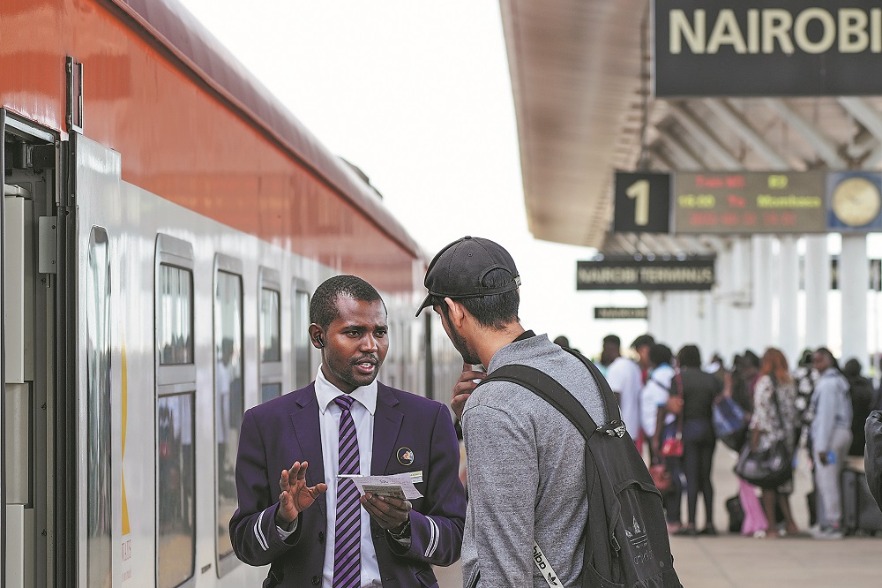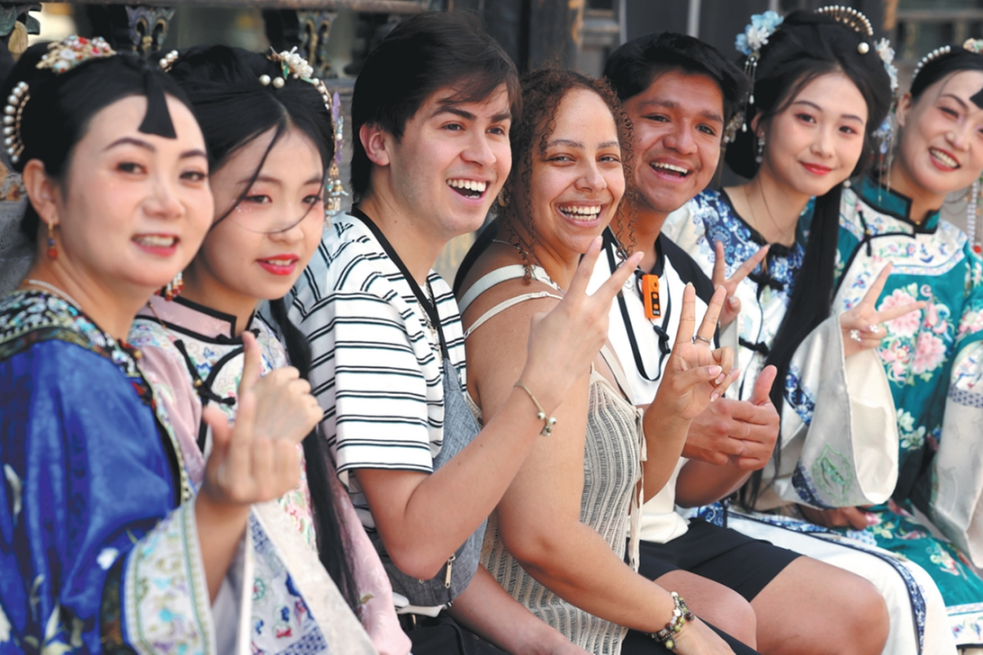Tourism boom boosts recovery
By PAN HELIN | China Daily | Updated: 2023-10-14 09:36

A remarkable resurgence was witnessed in the consumer market during the eight-day Mid-Autumn Festival and National Day holiday. According to the Ministry of Culture and Tourism, a staggering 826 million trips were made during the holiday, an increase of 71.3 percent compared with 2022 and 4.1 percent compared with 2019. And domestic tourism revenue reached 753.43 billion yuan ($103.2 billion), up 129.5 percent year-on-year and 1.5 percent compared with the same period in 2019.
Since the COVID-19 prevention and control measures were still in place in October last year, there is no point comparing this year's figures with last year's. It makes more sense to compare this year's figures with those of 2019, the year before the COVID-19 pandemic broke out.
Passenger trips during this year's Spring Festival holiday recovered to 88.6 percent and tourism revenue to 73.1 percent of the 2019 levels. Similarly, during this year's May Day holiday, passenger trips recovered to 119.09 percent and tourism revenue to 100.66 percent of the 2019 levels; while the Dragon Boat Festival holiday saw passenger trips recover to 112.8 percent and tourism revenue to 94.9 percent of the 2019 levels. From the figures, it is evident that passenger trips increased much more than tourism revenue.
However, during the Mid-Autumn Festival and National Day holiday, both passenger trips and tourism revenue exceeded the 2019 levels. There was also a noticeable increase in individual spending.
There are a couple of reasons behind the increase in per capita spending.
One, the recovery of the long-distance travel sector has been strong. Data from Ctrip, China's largest online travel agency, show inter-provincial travel during the eight-day holiday accounted for 51 percent of the total, more than double of last year, and long-haul travel accounted for 39 percent, also more than double of last year.
Two, the surge in consumer confidence in terms of travel is due to policy support. For instance, to welcome tourists, some regions facilitated the smooth passage for travelers on highways and checkpoints, thus reducing traffic congestion. These regions also made extensive preparations to accommodate more people at tourist sites, expand catering services, and improve the local business environment to attract more tourists and encourage them to spend more.
The significance of the tourism boom extends beyond the short term. It has given a much-needed shot in the arm of the tourism and related sectors and boosted the confidence of businesses and investors. The robust consumer spending during the holiday reflects Chinese people's strong purchasing power. As a result, more companies are likely to expand their businesses to meet the growing demand in different sectors. In fact, the holiday could be a turning point for investment, as the surge in demand could prompt businesses and individuals to increase their investments.
Before the holiday season, China faced a myriad of economic challenges, both domestically and internationally. Externally, there was a slump in global demand due to the tightening of the US dollar, putting pressure on China's exports. Internally, weak demand dampened the confidence of investors.
Outbound tourism, too, witnessed a rebound. This will not only boost consumption in overseas destinations popular with Chinese tourists, but also help boost global confidence in China's investment market, thus strengthening cross-border trade and cooperation.
In the long term, the holiday boom will provide the direction of future development of the consumer market. While the data for the eight-day holiday are impressive, there is still room for improvement. An increase in per capita spending is good news, but individual tourist spending has to further increase to ensure the continuous recovery of the tourism industry and the national economy.
To ensure the positive momentum continues and the next Golden Week holiday witnesses a bigger boom, the tourism industry and officials need to focus on a few key areas:
First, timing and avoiding crowds. Staggered traveling needs to be encouraged to reduce traffic congestion and overcrowding at tourist sites.
Second, infrastructure improvement. Infrastructure facilities, particularly in remote areas, need to be improved to make traveling to nature reserves and scenic spots more convenient and enjoyable.
And third, business environment optimization. A welcoming and safe environment should be created, by taking strict measures against theft and cheating, to attract more tourists.
The eight-day holiday has contributed to the recovery of the Chinese economy, and boosted consumer and investor confidence, which may lead to a strong start for the fourth quarter. But to ensure the good story continues, the authorities should take measures to enhance tourists' experience and encourage individual tourists to spend more. As of now, however, China's holiday economy looks promising.
The author is co-director of the Digital Economy and Financial Innovation Research Center at Zhejiang University's International Business School.
The views don't necessarily reflect those of China Daily.
























